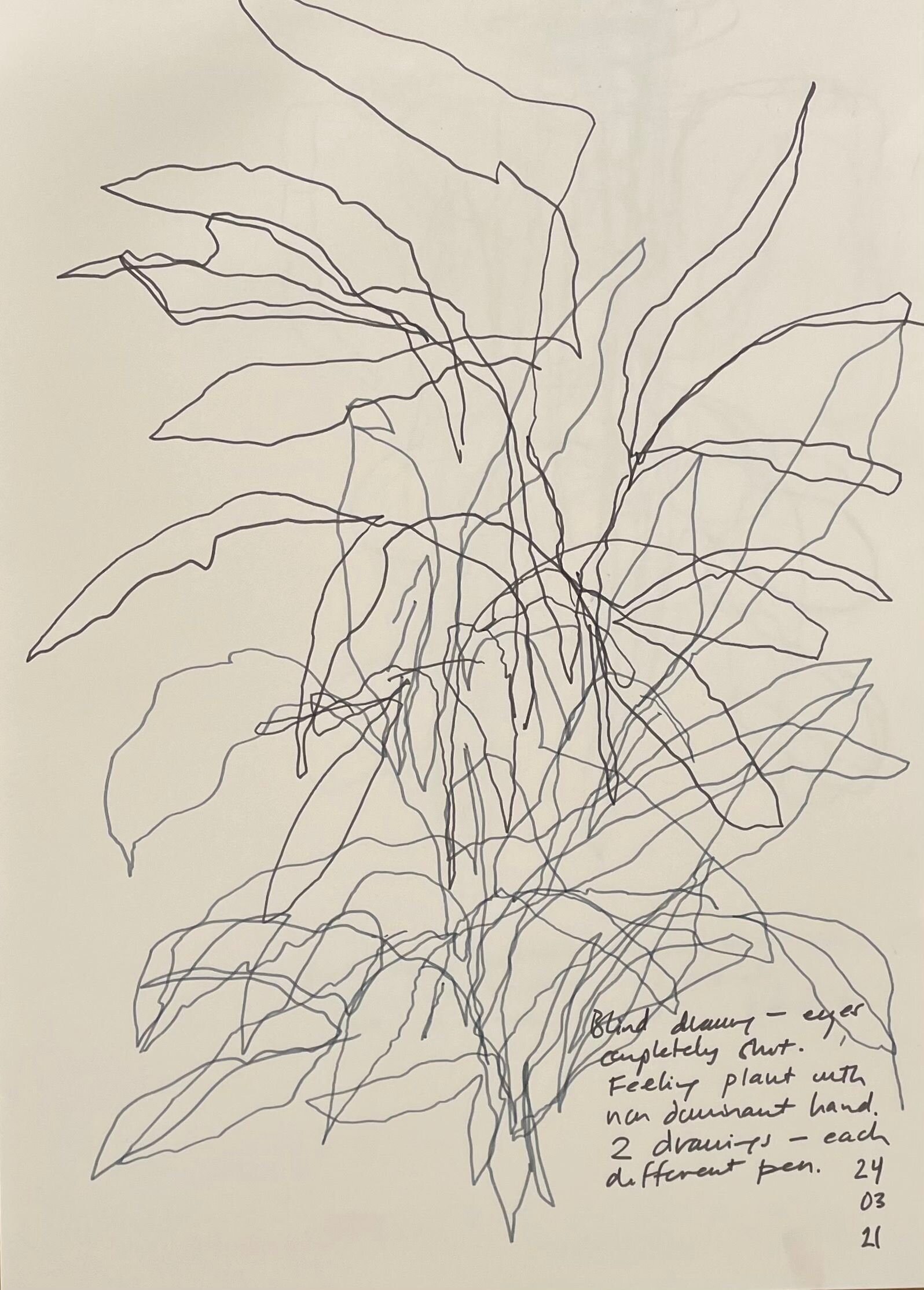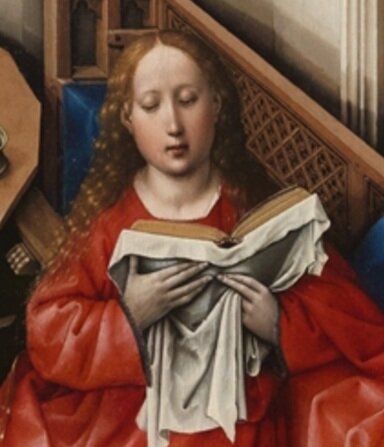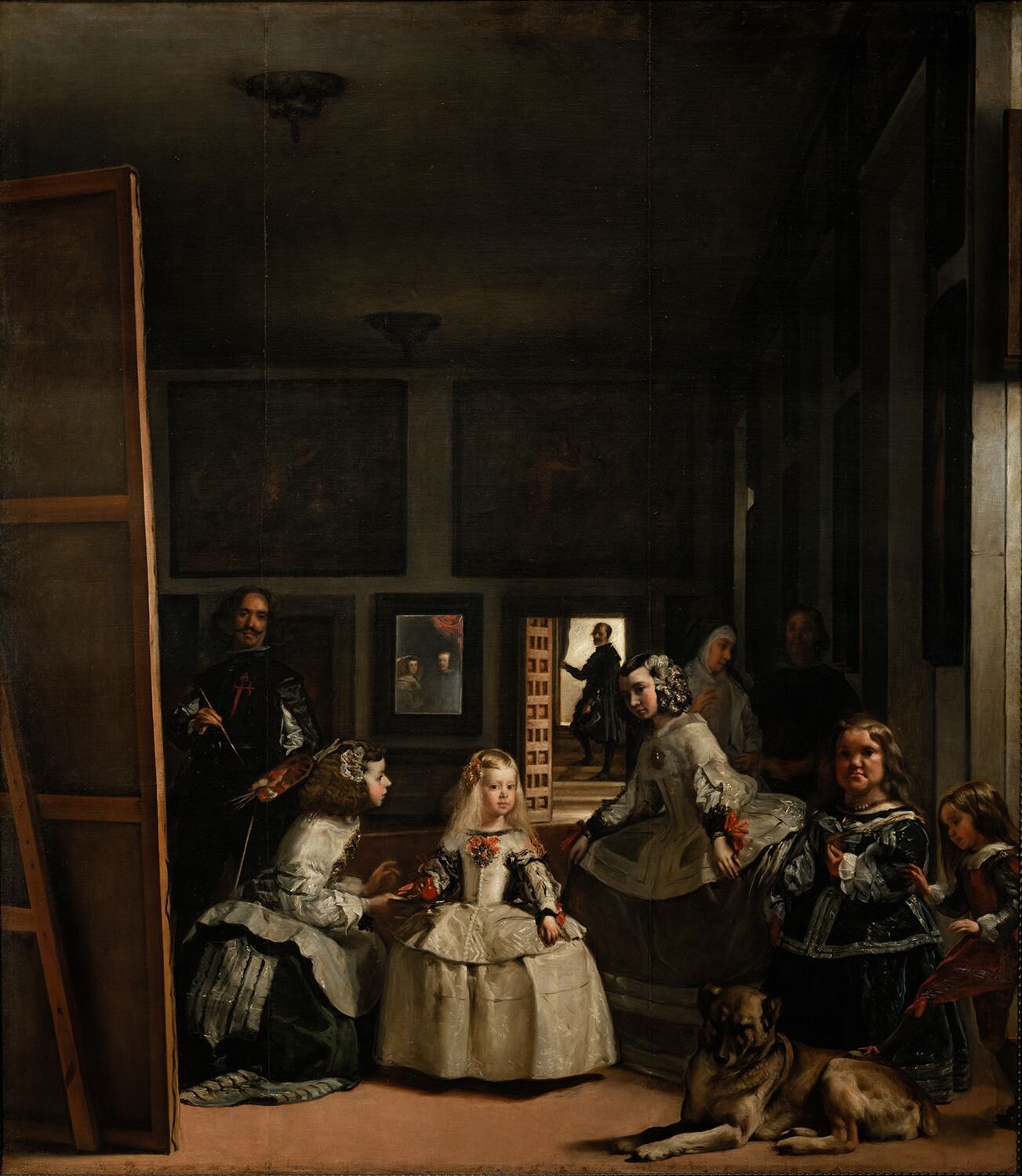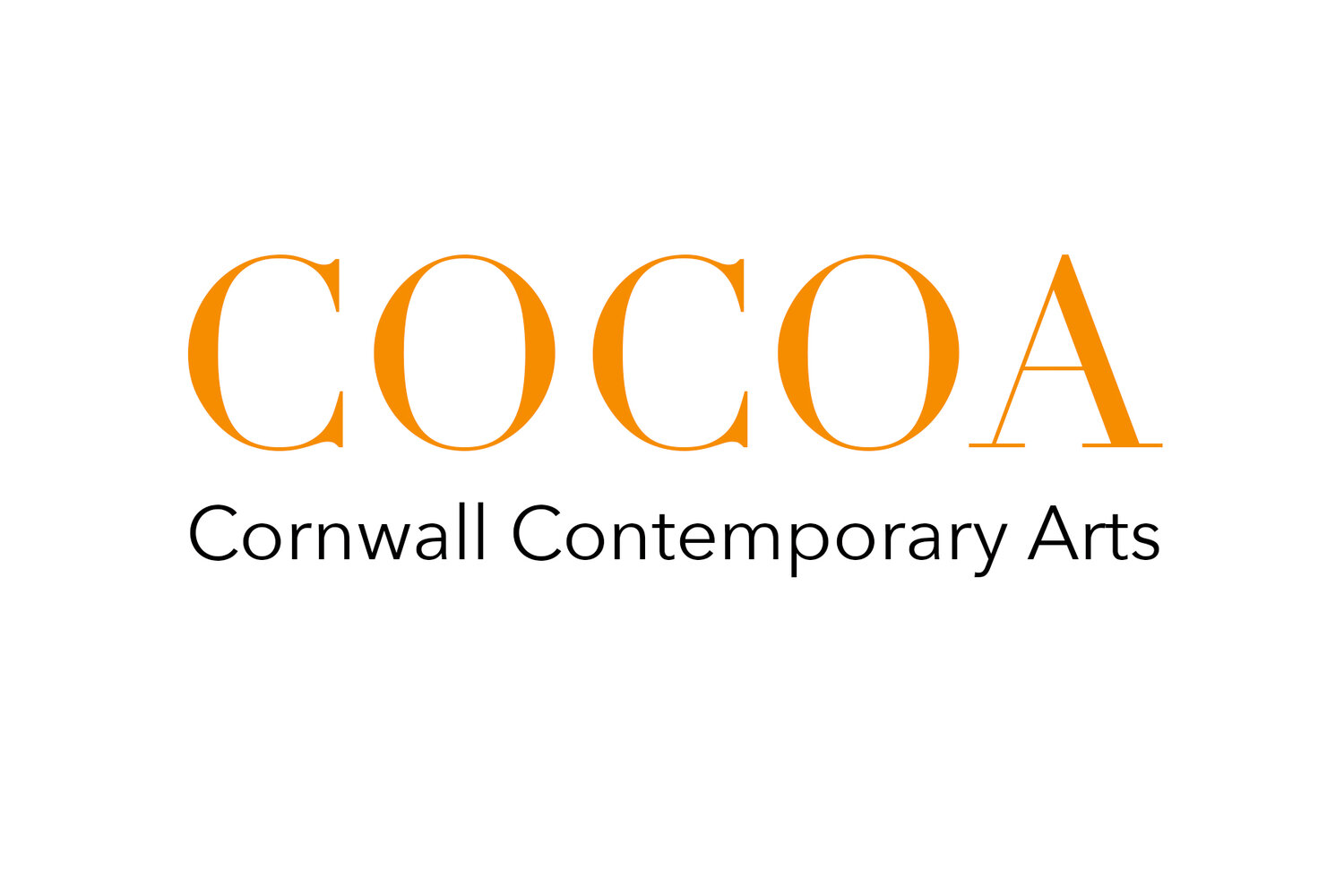
Drawing Plants & Mindfulness by Ruth Rosengarten
These drawings began with a Zoom workshop on drawing plants and mindfulness run by the London Drawing Group. All drawings are on A3 cartidge paper.
In the first drawing I used two water based felt tipped pens, first one, then the other. This first page consists of two drawings, one superimposed on the other. With my eyes closed I used my non-dominant hand (left hand for me) to feel carefully around the foliage of a plant I had on my table (you may not guess but this is a large peace lily!) and draw the plant from touch alone, twice.

Don’t Explain by Lisa Zeiger
This is a reflection on a memoir I spent four years writing and rewriting. By the time it was done, I had changed almost every word. My book became what cooks call a reduction; a broth simmered, sieved, and steaming. It fills only a saucepan; in book-speak it is a “slender volume.”
The ineluctable bromide of editors and their marketing departments is the mantra “narrative arc”. My memoir had none, but I made up for it with unassailable sentences transmitting hard-won sense. For I am unshakably an essayist, a genre I own like the nose on my face. From fifteen to forty I read at least a thousand novels, but from them I learned only how to structure a sentence; never a plot. The latter is a gift I simply don’t possess, nor do I care to. If reading is urged onward by plot, writing is impelled by language, pure and impure.

Professing Rhetoric with Diego Velazquez by Stephen M. Llano
Diego Velazquez knows what he sees. He stares out at us via his representation in Las Meninas. This painting has more interpretation on it now than pigment, and there is no sign of it slowing down. As Michel Foucault wrote about the piece, “The relation of language to painting is an infinite relation . . . neither can be reduced to the other’s terms; it is vain that we say what we see; what we see never resides in what we say.” Words are inadequate to answer the challenge but we are still compelled to produce them. We want to be worth that gaze.
A recent essay by Kelly Grovier argued that Las Meninas can be understood via the small red jar that is offered to the princess by her attendant. Grovier writes that this jug “would have been recognized by contemporaries as embodying both mind-and-body-altering properties.” The jug, which contained a substance from the New World that has hallucinogenic effects, is, for Grovier, the subject of this painting. We take the perspective of the Infanta seeing a hallucination of herself after imbibing a magic potion. Grovier asserts that in the end Las Meninas represents a drugged perception.

Exhibition Review: Greg Goldberg, Perimeter Paintings
Greg Goldberg (American, born in 1973) distills light and color, two of the basic elements of painting, into open-ended visual narratives. His latest series, Perimeter Paintings, is currently on view at the National Arts Club in New York, where they are part of the lineup inaugurating the renovated lower galleries. Unlike his prior vertical brushstroke compositions, Goldberg uses the edges of the canvas as a structural starting point. Evolving over many months, the paintings develop an internal logic as they react to seasonal light and the evolving color structure.
The architectonic order is composed of gestural marks and sensual hues in which individual, sequential relationships gradually form a complex, tight knit web. Both meditative and dramatic, the paintings are a visual history of this accretion of color and brushstrokes. Inspired by the radical palette of Renaissance master Jacopo Pontormo, Goldberg builds on concentric experiments of Frank Stella and Joseph Albers. However, unlike those artists, there is nothing predetermined about Goldberg’s approach.

Read: Hair, An Essay by Ruth Rosengarten
I am thirteen, and this is Johannesburg. Everyone praises my long, auburn hair. Titian, some call it, though it will will be several years before I learn that Titian is the name of a painter; that many voluptuous women in his paintings have rich red tresses. I love my hair, but it seems old fashioned: the wavy ponytail, the wayward fringe. It’s the 1960s.
I scour magazines when I can lay my hands on them: Cosmopolitan, Elle. With my pocket money, I have started buying Jackie, a magazine that gets flown in all the way from London, which already occupies a big place in my imagination. There are pull-out centrefolds of singers and bands I’ve never heard of. Longingly, I examine fashion models parading pixie cuts. I hanker for their doe-eyed, skinny loveliness, the edginess of their hairstyles, the crisp geometry of their short dresses. Especially, for the boys they surely attract.

